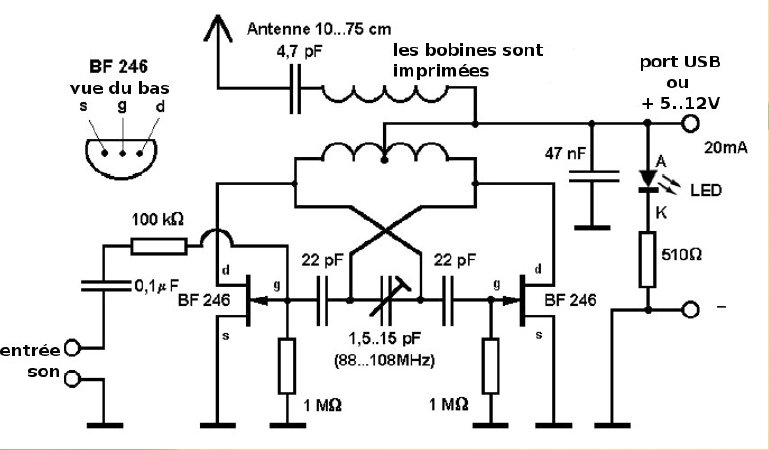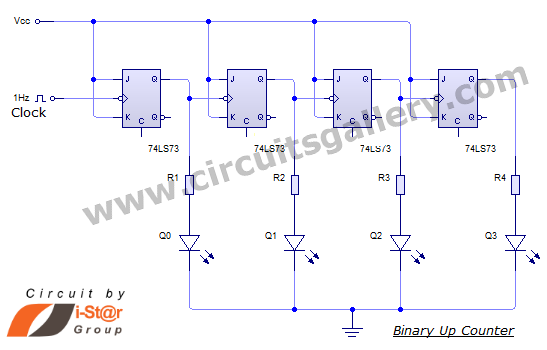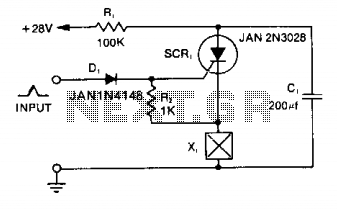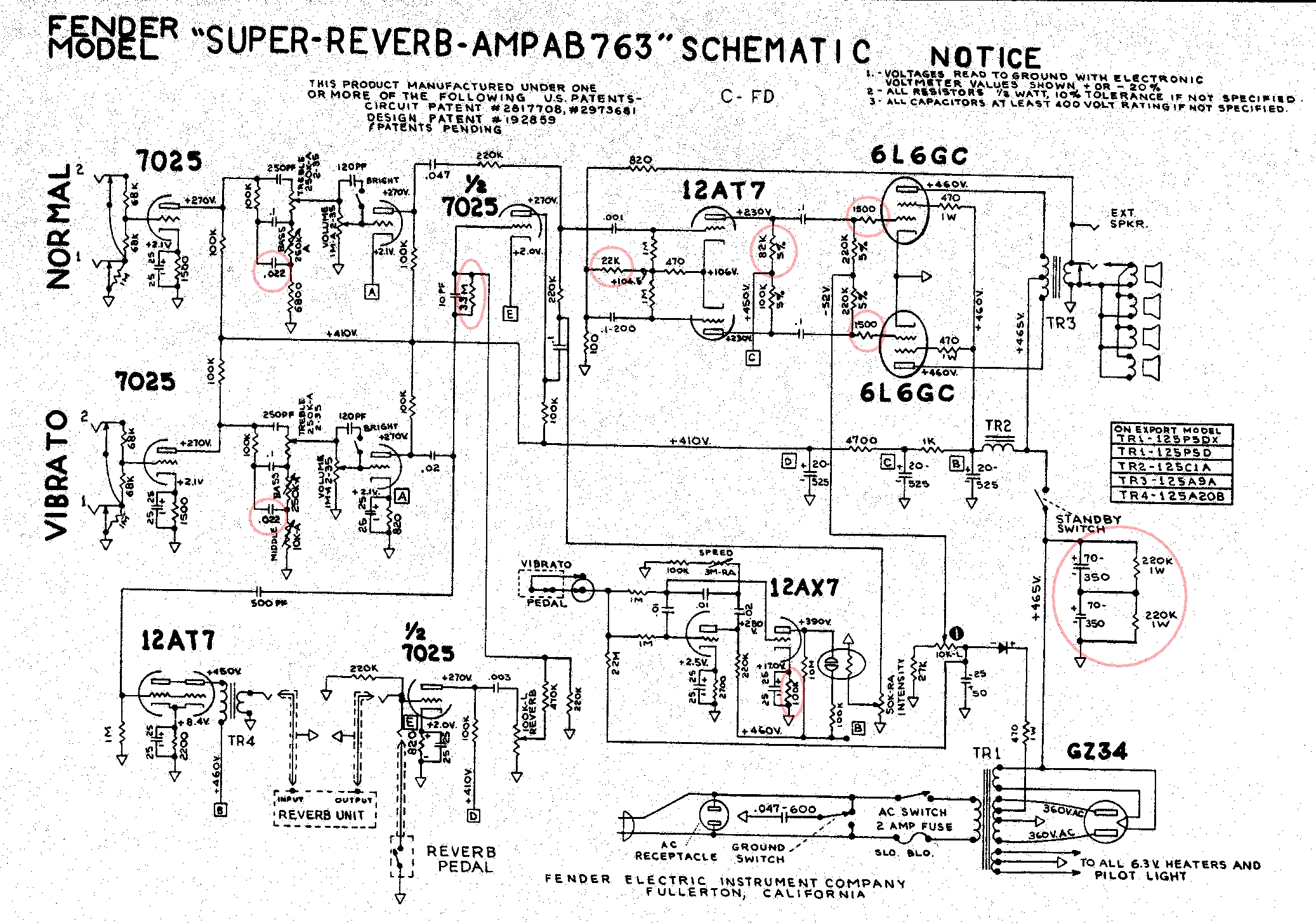
Automatic telephone recording interface circuit optical isolation
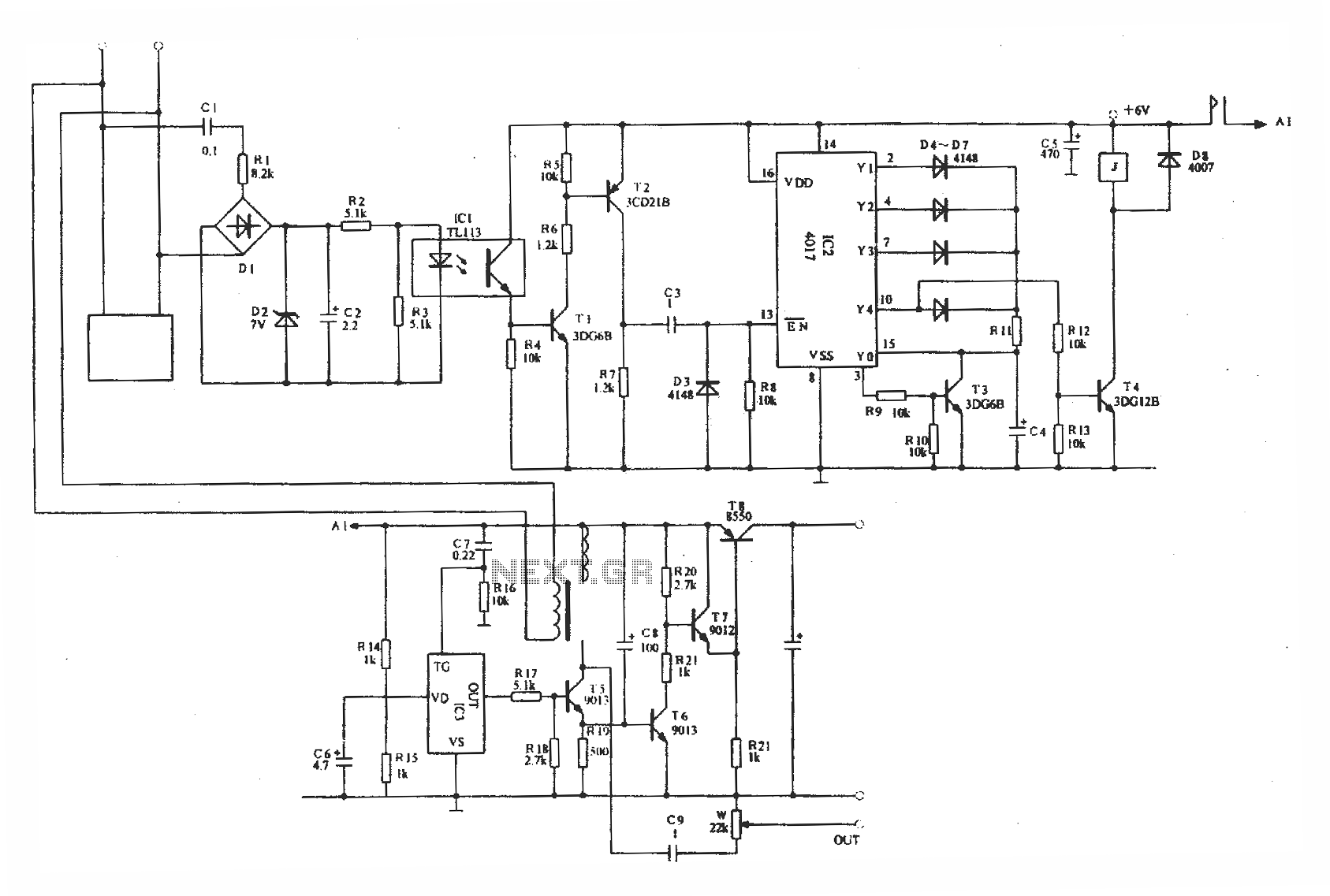
Optically isolated phone automatic recording interface circuit, IC3 voice module.
The optically isolated phone automatic recording interface circuit is designed to capture audio signals from a telephone line while ensuring electrical isolation between the phone line and the recording device. This circuit utilizes an IC3 voice module, which serves as the core component for audio processing and recording functionality.
The circuit typically includes an opto-isolator, which is crucial for protecting the recording equipment from high voltages present in telephone lines. This isolation prevents any potential damage to the recording device while allowing audio signals to pass through. The opto-isolator is connected to the telephone line, where it detects the audio signals and converts them into a form suitable for the voice module.
The IC3 voice module is responsible for capturing the audio signals transmitted through the opto-isolator. This module can be configured to record incoming and outgoing calls, depending on the design requirements. It may also include features such as adjustable gain control to optimize audio levels and filtering circuits to reduce noise and enhance sound quality.
Power supply considerations are essential in this circuit design. The voice module and opto-isolator must be powered adequately, often requiring a regulated power supply to ensure stable operation. Additionally, the circuit may incorporate capacitors and resistors to manage signal integrity and prevent distortion during the recording process.
Overall, this circuit provides a reliable solution for automatic phone recording, combining electrical isolation with efficient audio processing capabilities, making it suitable for various applications in telecommunications and audio recording systems.Optically isolated phone automatic recording interface circuit, IC3 voice module.
The optically isolated phone automatic recording interface circuit is designed to capture audio signals from a telephone line while ensuring electrical isolation between the phone line and the recording device. This circuit utilizes an IC3 voice module, which serves as the core component for audio processing and recording functionality.
The circuit typically includes an opto-isolator, which is crucial for protecting the recording equipment from high voltages present in telephone lines. This isolation prevents any potential damage to the recording device while allowing audio signals to pass through. The opto-isolator is connected to the telephone line, where it detects the audio signals and converts them into a form suitable for the voice module.
The IC3 voice module is responsible for capturing the audio signals transmitted through the opto-isolator. This module can be configured to record incoming and outgoing calls, depending on the design requirements. It may also include features such as adjustable gain control to optimize audio levels and filtering circuits to reduce noise and enhance sound quality.
Power supply considerations are essential in this circuit design. The voice module and opto-isolator must be powered adequately, often requiring a regulated power supply to ensure stable operation. Additionally, the circuit may incorporate capacitors and resistors to manage signal integrity and prevent distortion during the recording process.
Overall, this circuit provides a reliable solution for automatic phone recording, combining electrical isolation with efficient audio processing capabilities, making it suitable for various applications in telecommunications and audio recording systems.Optically isolated phone automatic recording interface circuit, IC3 voice module.
